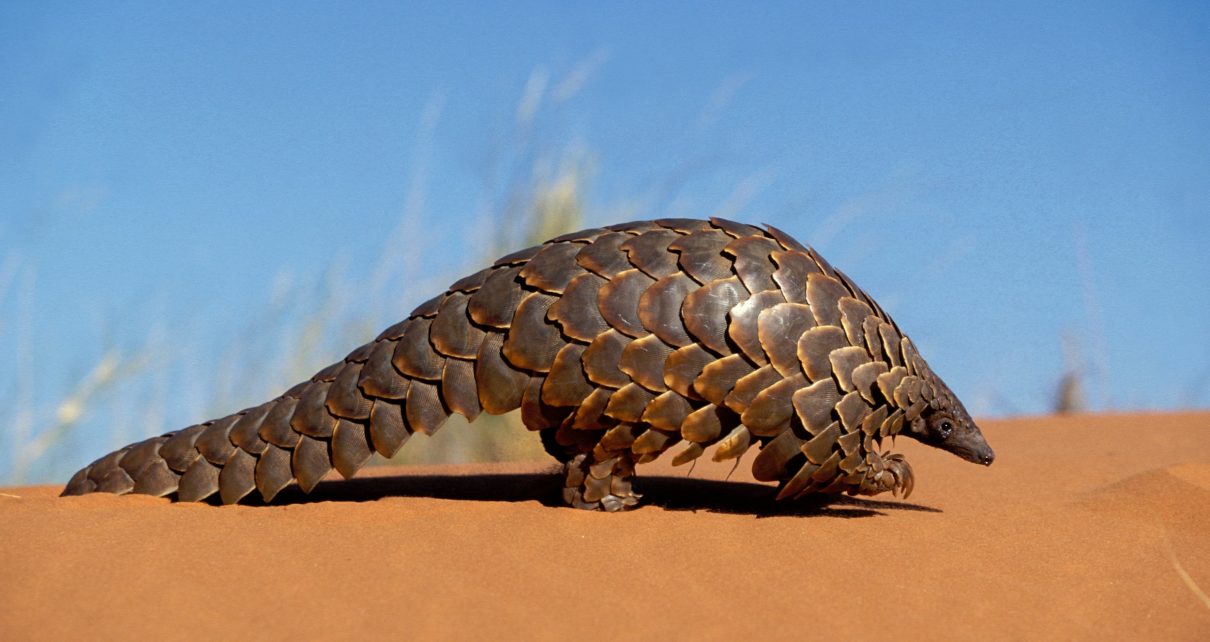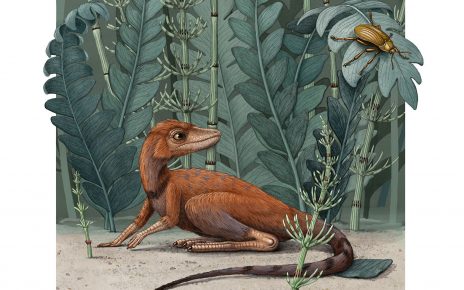As the world grapples with containing the spread and impacts of the COVID-19 pandemic, we must also act to address the origins of zoonotic diseases, including the illegal, unregulated and underregulated trade and consumption of wildlife that may have led to the COVID-19 pandemic and is widely considered to be the cause of HIV, Ebola, SARS and MERS.
Many voices have begun calling for closure of high-risk “wet markets” where living and dead wildlife and domestic animals of various species and origins converge, conditions that create an ideal environment for coronaviruses and other wildlife-borne diseases to spill over to humans. These voices must be heeded. China recently closed these markets and the trade that supplies them. We hope this action will be lasting and that other markets supplied by illegal and poorly regulated trade, and that pose a clear threat to human and animal health, are also closed.
Some advocate for much broader action, such as the end to all wildlife trade and consumption and to ban all wet markets. Decision-makers should focus on where there is a threat to public health and not overreach. Millions of people, particularly in less developed countries and in rural areas, rely on wildlife for protein and livelihoods. What seems a quick fix could have unintended consequences on trade and consumption that poses little or no health risk, threatening food security, increasing poverty and undermining wildlife conservation. Where new bans or regulations are needed, economic aid to mitigate the impacts on seriously affected communities is essential.
There have been calls directed to the World Health Organization (WHO), the World Organization for Animal Health (OIE), and the United Nations Food and Agriculture Organization (FAO) to close wet markets and end all wildlife trade. These are critical organizations with valuable expertise, resources, networks and convening authority. They must be key actors in international efforts to avoid future pandemics. Their collaboration under the One Health approach in generating a Tripartite Guide to Addressing Zoonotic Diseases in Countries is one such example. Unfortunately, expertise in wildlife trade and conservation is missing, which is equally important, and their decisions and recommendations do not generally carry the weight of law at the international or national level.
Others call for a new international body that brings together expertise from the human health, wildlife health, wildlife conservation and trade arenas. This makes seemingly good sense, but multidisciplinary bodies and treaties do not sprout up overnight and come at a high cost. Such an undertaking could take years to sort through uncertainties of commitment, bureaucratic confusion, infighting associated with institution-building, and other challenges before we see results.
We see a more workable solution in the Convention on International Trade in Endangered Species of Wild Fauna and Flora (CITES), whose decisions already carry the weight of law in its 182 member countries, including the United States, and for any other country seeking trade with those members. Since 1975, CITES has provided a legal, enforceable regulatory regime for international trade in wildlife that now prohibits commercial trade in over 1,000 species and strictly regulates trade in more than 35,000 others. CITES already has formal relationships with OIE, FAO and other relevant intergovernmental bodies.
CITES has largely stayed in its narrowly defined conservation lane. Its strict adherence to legal and sustainable wildlife trade is still imperfect, but CITES has benefited elephants, rhinos, whales, sea turtles, parrots and thousands of other species threatened by illegal and unsustainable trade. It carries the weight of law because the treaty requires its members to have their own implementing laws and regulations to conform to CITES requirements. Countries that fail to do so can be subject to compliance measures, including trade bans. It is unique among international environmental agreements because it makes decisions that are legally binding on its members, supported by a transparent compliance process.
To date, CITES has not taken public or animal health issues into account in its decision-making. The COVID-19 pandemic has shone a spotlight on this serious gap in the wildlife trade regime. It is time to widen CITES’ lane by amending the treaty, along with its resolutions, to include wildlife trade that poses a threat to human and animal health, and to broaden its scope in tackling domestic markets that pose a health risk.
This could be done more quickly and cost effectively than negotiating a new treaty and developing its requirements. CITES has a ready-made permitting regime that could be easily adapted to satisfy a broader health mandate, as could its processes for listing new species on health grounds, and governance processes that could be adapted to include scientific inputs on public and animal health. It could strengthen its relationship with other relevant bodies, including consultation on areas outside of its traditional mandate.
There is a clear need to take a One Health approach to wildlife trade. A viable legal framework already exists. To avert the next wildlife-related pandemic, we must expand efforts to stop illegal wildlife trade and trade that poses a health risk, as well as to close wildlife markets when they threaten human and animal health. The world could move swiftly to amend CITES to include a broader health-related mandate and increase collaboration with WHO, OIE and FAO. The world, its wildlife, its people, and its economy may depend on it.



